本文概述
广度优先遍历(或搜索)
图的类似于树的广度优先遍历(请参见方法2
这个帖子
)。
唯一的问题是, 与树不同, 图可能包含循环, 因此我们可能会再次来到同一节点。为了避免多次处理节点, 我们使用布尔访问数组。为了简单起见, 假设所有顶点都可以从起始顶点到达。
例如, 在下图中, 我们从顶点2开始遍历。当到达顶点0时, 我们将寻找它的所有相邻顶点。 2也是0的相邻顶点。如果我们不标记访问的顶点, 那么2将再次被处理, 它将成为一个非终止过程。下图的广度优先遍历为2、0、3、1。
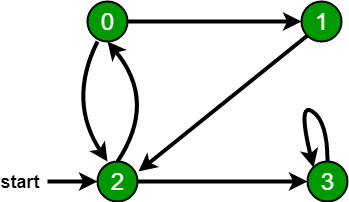
推荐:请在"实践首先, 在继续解决方案之前。
以下是来自给定源的简单"广度优先遍历"的实现。
实现使用邻接表表示图。STL‘s列出容器用于存储BFS遍历所需的相邻节点列表和节点队列。
C ++
// Program to print BFS traversal from a given
// source vertex. BFS(int s) traverses vertices
// reachable from s.
#include<iostream>
#include <list>
using namespace std;
// This class represents a directed graph using
// adjacency list representation
class Graph
{
int V; // No. of vertices
// Pointer to an array containing adjacency
// lists
list< int > *adj;
public :
Graph( int V); // Constructor
// function to add an edge to graph
void addEdge( int v, int w);
// prints BFS traversal from a given source s
void BFS( int s);
};
Graph::Graph( int V)
{
this ->V = V;
adj = new list< int >[V];
}
void Graph::addEdge( int v, int w)
{
adj[v].push_back(w); // Add w to v’s list.
}
void Graph::BFS( int s)
{
// Mark all the vertices as not visited
bool *visited = new bool [V];
for ( int i = 0; i < V; i++)
visited[i] = false ;
// Create a queue for BFS
list< int > queue;
// Mark the current node as visited and enqueue it
visited展开 = true ;
queue.push_back(s);
// 'i' will be used to get all adjacent
// vertices of a vertex
list< int >::iterator i;
while (!queue.empty())
{
// Dequeue a vertex from queue and print it
s = queue.front();
cout << s << " " ;
queue.pop_front();
// Get all adjacent vertices of the dequeued
// vertex s. If a adjacent has not been visited, // then mark it visited and enqueue it
for (i = adj展开.begin(); i != adj展开.end(); ++i)
{
if (!visited[*i])
{
visited[*i] = true ;
queue.push_back(*i);
}
}
}
}
// Driver program to test methods of graph class
int main()
{
// Create a graph given in the above diagram
Graph g(4);
g.addEdge(0, 1);
g.addEdge(0, 2);
g.addEdge(1, 2);
g.addEdge(2, 0);
g.addEdge(2, 3);
g.addEdge(3, 3);
cout << "Following is Breadth First Traversal "
<< "(starting from vertex 2) \n" ;
g.BFS(2);
return 0;
}Java
// Java program to print BFS traversal from a given source vertex.
// BFS(int s) traverses vertices reachable from s.
import java.io.*;
import java.util.*;
// This class represents a directed graph using adjacency list
// representation
class Graph
{
private int V; // No. of vertices
private LinkedList<Integer> adj[]; //Adjacency Lists
// Constructor
Graph( int v)
{
V = v;
adj = new LinkedList[v];
for ( int i= 0 ; i<v; ++i)
adj[i] = new LinkedList();
}
// Function to add an edge into the graph
void addEdge( int v, int w)
{
adj[v].add(w);
}
// prints BFS traversal from a given source s
void BFS( int s)
{
// Mark all the vertices as not visited(By default
// set as false)
boolean visited[] = new boolean [V];
// Create a queue for BFS
LinkedList<Integer> queue = new LinkedList<Integer>();
// Mark the current node as visited and enqueue it
visited展开= true ;
queue.add(s);
while (queue.size() != 0 )
{
// Dequeue a vertex from queue and print it
s = queue.poll();
System.out.print(s+ " " );
// Get all adjacent vertices of the dequeued vertex s
// If a adjacent has not been visited, then mark it
// visited and enqueue it
Iterator<Integer> i = adj展开.listIterator();
while (i.hasNext())
{
int n = i.next();
if (!visited[n])
{
visited[n] = true ;
queue.add(n);
}
}
}
}
// Driver method to
public static void main(String args[])
{
Graph g = new Graph( 4 );
g.addEdge( 0 , 1 );
g.addEdge( 0 , 2 );
g.addEdge( 1 , 2 );
g.addEdge( 2 , 0 );
g.addEdge( 2 , 3 );
g.addEdge( 3 , 3 );
System.out.println( "Following is Breadth First Traversal " +
"(starting from vertex 2)" );
g.BFS( 2 );
}
}
// This code is contributed by Aakash HasijaPython3
# Python3 Program to print BFS traversal
# from a given source vertex. BFS(int s)
# traverses vertices reachable from s.
from collections import defaultdict
# This class represents a directed graph
# using adjacency list representation
class Graph:
# Constructor
def __init__( self ):
# default dictionary to store graph
self .graph = defaultdict( list )
# function to add an edge to graph
def addEdge( self , u, v):
self .graph[u].append(v)
# Function to print a BFS of graph
def BFS( self , s):
# Mark all the vertices as not visited
visited = [ False ] * ( len ( self .graph))
# Create a queue for BFS
queue = []
# Mark the source node as
# visited and enqueue it
queue.append(s)
visited展开 = True
while queue:
# Dequeue a vertex from
# queue and print it
s = queue.pop( 0 )
print (s, end = " " )
# Get all adjacent vertices of the
# dequeued vertex s. If a adjacent
# has not been visited, then mark it
# visited and enqueue it
for i in self .graph展开:
if visited[i] = = False :
queue.append(i)
visited[i] = True
# Driver code
# Create a graph given in
# the above diagram
g = Graph()
g.addEdge( 0 , 1 )
g.addEdge( 0 , 2 )
g.addEdge( 1 , 2 )
g.addEdge( 2 , 0 )
g.addEdge( 2 , 3 )
g.addEdge( 3 , 3 )
print ( "Following is Breadth First Traversal"
" (starting from vertex 2)" )
g.BFS( 2 )
# This code is contributed by Neelam YadavC#
// C# program to print BFS traversal
// from a given source vertex.
// BFS(int s) traverses vertices
// reachable from s.
using System;
using System.Collections.Generic;
using System.Linq;
using System.Text;
// This class represents a directed
// graph using adjacency list
// representation
class Graph{
// No. of vertices
private int _V;
//Adjacency Lists
LinkedList< int >[] _adj;
public Graph( int V)
{
_adj = new LinkedList< int >[V];
for ( int i = 0; i < _adj.Length; i++)
{
_adj[i] = new LinkedList< int >();
}
_V = V;
}
// Function to add an edge into the graph
public void AddEdge( int v, int w)
{
_adj[v].AddLast(w);
}
// Prints BFS traversal from a given source s
public void BFS( int s)
{
// Mark all the vertices as not
// visited(By default set as false)
bool [] visited = new bool [_V];
for ( int i = 0; i < _V; i++)
visited[i] = false ;
// Create a queue for BFS
LinkedList< int > queue = new LinkedList< int >();
// Mark the current node as
// visited and enqueue it
visited展开 = true ;
queue.AddLast(s);
while (queue.Any())
{
// Dequeue a vertex from queue
// and print it
s = queue.First();
Console.Write(s + " " );
queue.RemoveFirst();
// Get all adjacent vertices of the
// dequeued vertex s. If a adjacent
// has not been visited, then mark it
// visited and enqueue it
LinkedList< int > list = _adj展开;
foreach ( var val in list)
{
if (!visited[val])
{
visited[val] = true ;
queue.AddLast(val);
}
}
}
}
// Driver code
static void Main( string [] args)
{
Graph g = new Graph(4);
g.AddEdge(0, 1);
g.AddEdge(0, 2);
g.AddEdge(1, 2);
g.AddEdge(2, 0);
g.AddEdge(2, 3);
g.AddEdge(3, 3);
Console.Write( "Following is Breadth First " +
"Traversal(starting from " +
"vertex 2)\n" );
g.BFS(2);
}
}
// This code is contibuted by anv89输出如下:
Following is Breadth First Traversal (starting from vertex 2)
2 0 3 1插图:
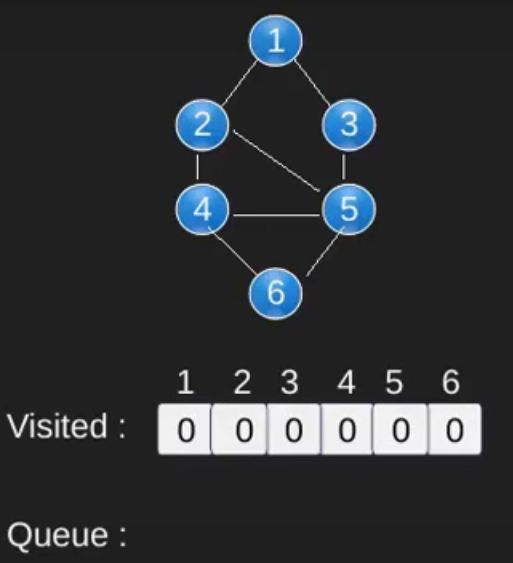
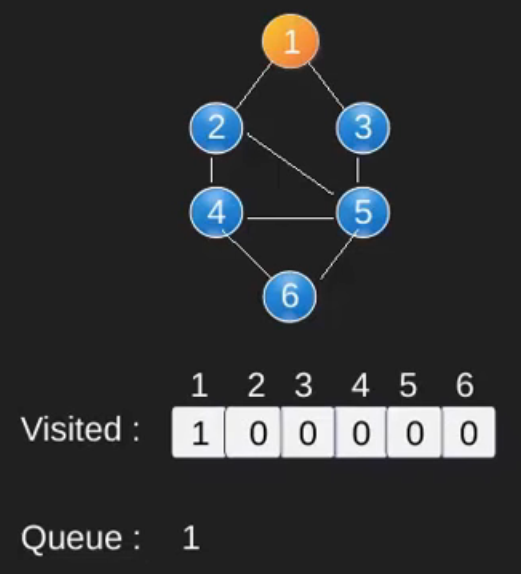
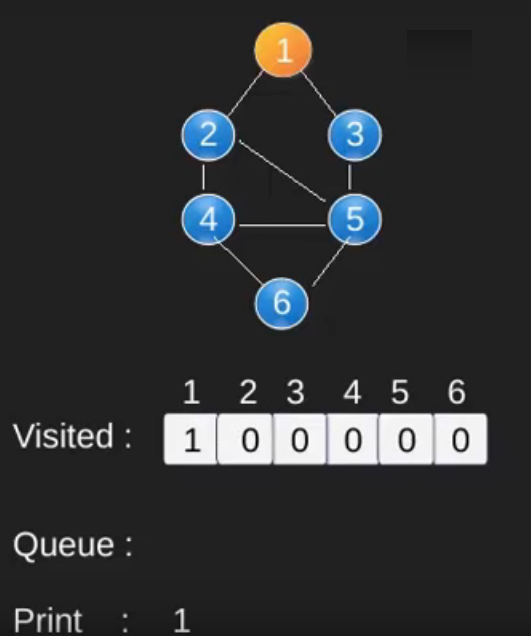
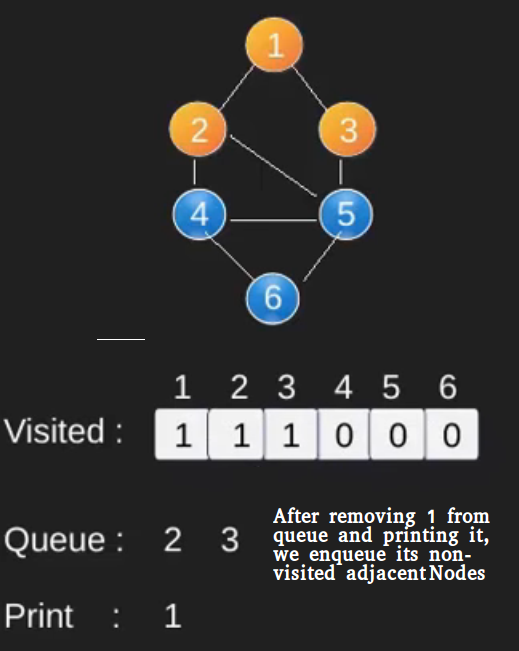
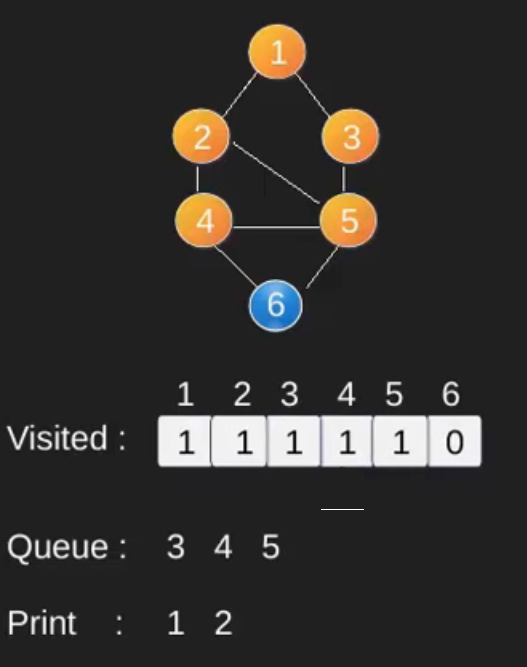
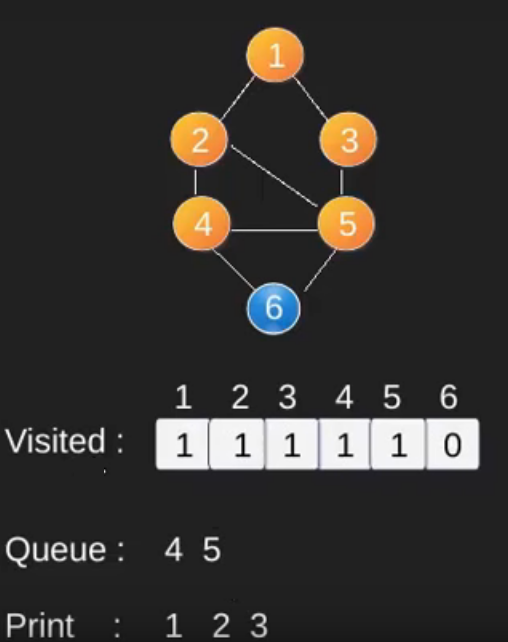
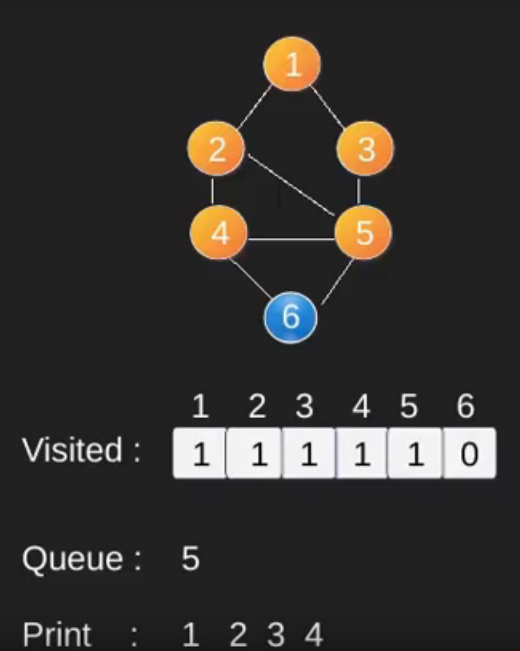
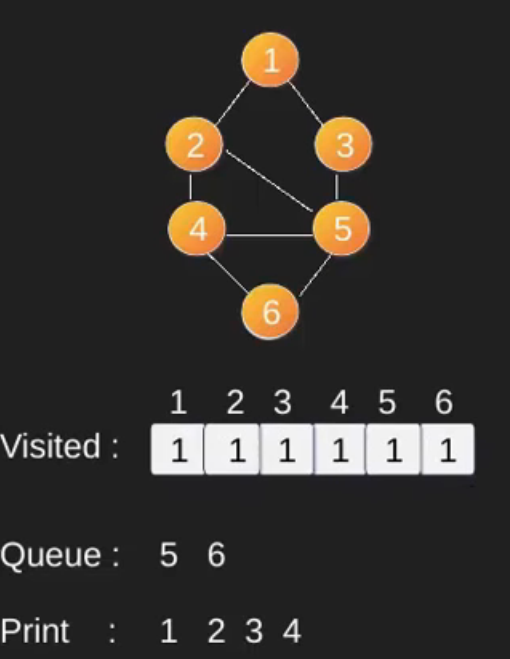
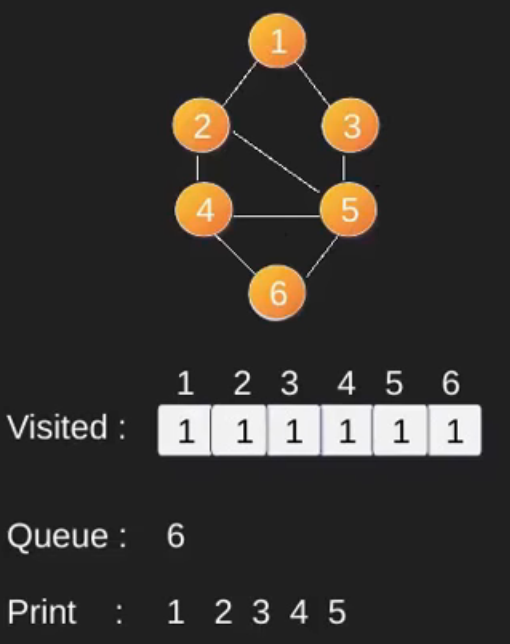
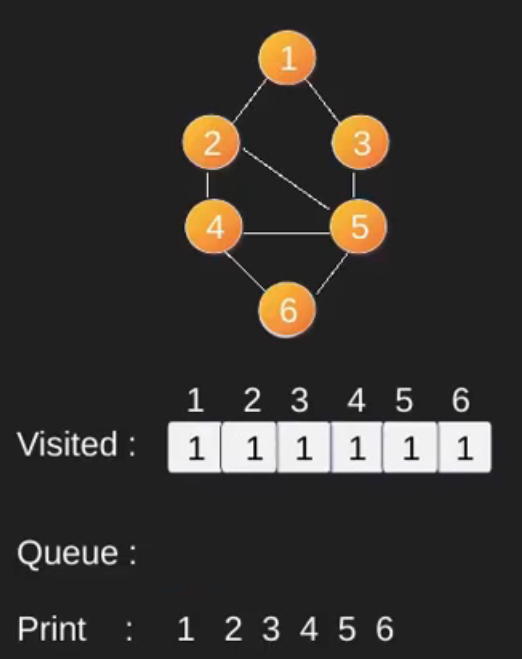
请注意, 以上代码仅遍历给定源顶点可到达的顶点。从给定的顶点可能无法到达所有顶点(例如, 断开连接的图)。要打印所有顶点, 我们可以修改BFS函数以从所有节点开始一一遍历遍历(例如DFS修改版)。
时间复杂度:O(V + E), 其中V是图形中顶点的数量, E是图形中边的数量。
你可能还希望在下面看到:
- 关于BFS的最新文章
- 深度优先遍历
- 广度优先遍历的应用
- 深度优先搜索的应用
如果发现任何不正确的地方, 或者想分享有关上述主题的更多信息, 请写评论。

![从字法上最小长度N的排列,使得对于正好为K个索引,a[i] a[i]+1](https://www.lsbin.com/wp-content/themes/begin%20lts/img/loading.png)